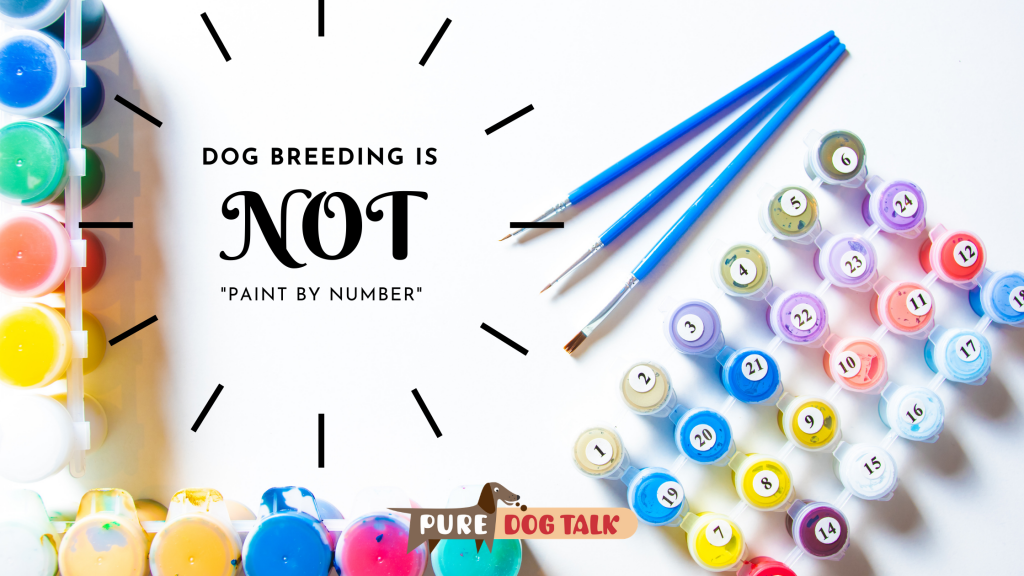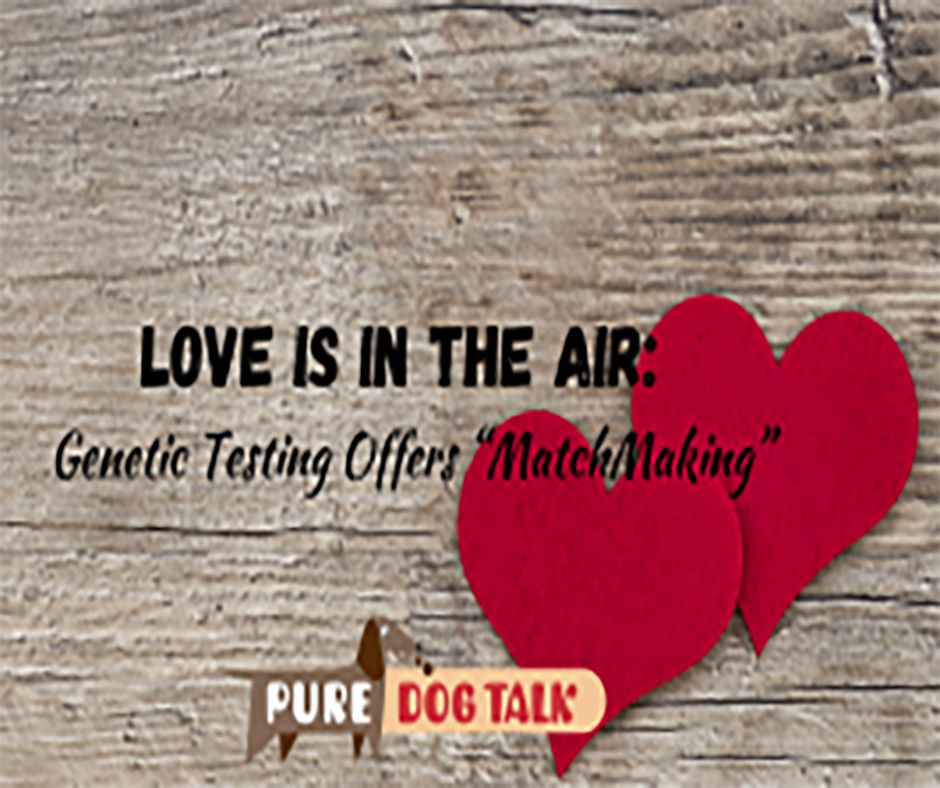453 – Dr. Jerold Bell: Dog Breeding is Not “Paint by Numbers”
Dr. Jerold Bell: Dog Breeding is Not “Paint by Numbers”
Dr. Jerold Bell returns in part two of a wide-ranging conversation with host Laura Reeves sharing more thoughts on popular sire syndrome, as well as addressing COI, inbreeding, linebreeding, outcrossing, CHIC programs, genetics of temperament and much more.
On owning a popular sire
“It does become a personal issue as well. It is a very ego boosting thing to have a popular sire. To have a top winning stud dog. To have a national champion … everybody wants to come and breed to it. To turn people down and say I’m not going to breed to your bitch, that’s also something that involves personal emotions. We need to really think about those things. So it is up to the stud dog owners to think about how their dogs are being utilized, what you have been able to evaluate from what they have produced so far and at what point you slow it down… It really is something that the stud dog owners also have to make some concerted efforts about not causing a popular sire syndrome.
On Coefficient of Inbreeding (COI)
Concentrating on a popular sire or a popular sire line, then everyone is going to be related to that sire or sire line and therefore their matings are going to have higher homozygosity overtime. So if I see an increasing homozygosity over the generations, that tells me that they are truncating on a sire line. So it is a very valuable tool to use in a population sense.
What’s happening now is that we’re being told to utilize the tool of the inbreeding coefficient as the goal of mating. So we’re artificially manipulating the inbreeding coefficients, so we can no longer look at it and say this is an honest assessment of how the breed is utilizing their gene pool. All we can say is it’s an honest assessment of how people are manipulating their inbreeding coefficients.
Linebreeding vs Outcrossing
This is why it’s wrong to breed based on increasing coefficient. You need to breed based on what issues do you have, what issues do you not have and what do you want. So if some people feel that some breeds are having diminishing litter sizes (for example) we need to select specifically against that issue of small litter size and breed individuals have larger litters. But it’s not necessarily an inbreeding coefficient thing. It is about deleterious genes that are accumulating in the background.
Some people can line breed and have wonderful things and some people if they even attempt a mild linebreeding we’re seeing lots of disease. If they have a high amount of liability genes in their breeding dogs, then they need to decide ‘who is most important to me that I want to pass things on. Who is less important, maybe shouldn’t be breeding it because they’re producing a lot of disease.’ Then outbreed to individuals that aren’t having those issues and bring in new genes. That’s the way you utilize outbreeding to bring new things in because you’re seeing an issue. But it’s not just a breed by number situation. It’s very specific for what you’re looking for or what you’re selecting against.
How to Utilize on Outcross
Outbreeding in order to bring things in that your line doesn’t have is the proper way of doing outbreeding. You need something that you’re not getting. You’re not getting that level top line consistently. You’re not getting that reach. You’re not getting that quality of hair or whatever other things you’re selecting, or hunting ability or herding ability or whatever else. Then you want to go to lines that have that, that you don’t have. You need to make a list of what you want, what you have, what you don’t have, what you don’t want in terms of diseases or deleterious traits or conformational faults.
Then you need to prioritize those things and actually in prioritizing those things you also need to understand that certain traits, certain diseases, if you have a genetic test, now certain things you can change in one generation. But other things, conformationally wise as well as health wise and hips and so forth, can take multiple generations of selection to get what you want.
They’re complexly inherited, there are multiple genes involved. So for those types of things you really need to prioritize over many generations of ‘this is what I want.’ You don’t get it in one generation. Or if you do get it in one generation, you can easily lose it in the next generation. Because you haven’t fixed all those genes in your breeding stock.
Conclusion
The bottom line is that there is no simple easy way out of breeding dogs. ‘What’s the one thing I can do that just makes everything good?’ … there isn’t one. This is a job and we need to pay attention to what we’re doing. We need to pay attention to what we’re producing.
You know one thing I say to breeders is that on the birthday of every single litter you’ve ever produced, take the last contact that you have and contact that owner and say happy birthday and how is your dog doing. Because if you don’t know what you’ve produced over time how can you help yourself. Breeding is complicated and there isn’t a quick fix. Breeding is an avocation. But if we’re going to do it, we need to do it well.
426 – Love is in the Air: Genetic Testing Offers “MatchMaking”
Love is in the Air: Genetic Testing Offers “MatchMaking”
Adam Boyko, chief science officer at Embark, joins host Laura Reeves for a science geek out session.
“There’s really three important reasons to do genetic testing,” Boyko said. “The first is the health component that you get from genetic testing. In almost every purebred breed there are inherited disorders we can test for today. It’s good to get that peace of mind. It’s good to know if a dog is a carrier for something if you’re planning on breeding it. It’s good (for owners) to know if it’s at risk or something so you know what to look out for, if there’s a special diet you should be feeding it or what sort of environment you should have that dog in.
“Secondarily, you’ve got genetic traits, which scientists have learned a lot about. So, you might want to know what sort of coat colors the dog carries. If you were to breed it what would you expect the litter proportions to be. It’s also coat type, stature all that kind of stuff.
“Finally, inbreeding. Breeders have really been interested in (this) a lot. They’ve been traditionally using pedigree-based methods to (measure COI), but now that we have genomic information you can actually much, much more accurately measure inbreeding, to predict inbreeding of different crosses and see the affect that inbreeding has on the health and longevity of dogs. (It’s) another breeding decision that breeders use, another metric, as they’re trying to balance all the different things.”
Embark’s new “Matchmaker” tool is now online for select breeds, which allows breeders to select different combinations to determine which one offers the lowest COI, which dog carries or doesn’t for which traits or diseases, and would therefore offer the breeder the ideal mating they are seeking.
Visit Embark’s website for more information on services available for your breeding program.


